When it comes to wine, there is an unwritten rule that reds are served at room temperature while whites are chilled. However, in recent times, this traditional notion has been challenged, leaving many wine enthusiasts wondering which bottles actually benefit from a stint in the fridge. While some may argue that chilling any wine can dampen its flavors and nuances, others believe that a slight drop in temperature can enhance certain characteristics and make for a more refreshing sip. In this article, we delve into the world of chilled wines and explore which ones truly deserve a cool spot in your fridge.
Why chilling wine is important
Chilling wine is more than just a matter of preference; it actually plays a crucial role in enhancing the overall tasting experience. While many may argue that red wine is best served at room temperature, chilling it for a short period can bring out its complex flavors and aromas. The slightly lower temperature not only helps to preserve the wine’s integrity but also allows its subtle nuances to shine through.
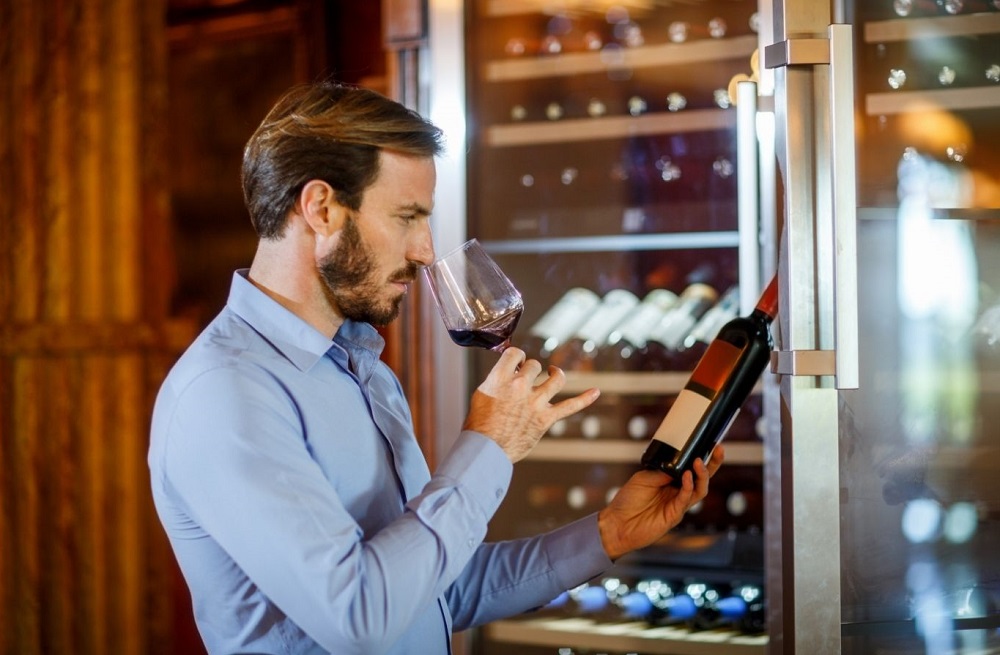
Furthermore, chilling white wines and rosés is essential as it helps to maintain their crispness and refreshing qualities. These lighter wines are often enjoyed during warm weather or as an accompaniment to meals, and serving them chilled ensures that their vibrant characteristics are fully appreciated. Additionally, when drinking sparkling wines or Champagne, chilling them thoroughly before opening not only keeps the bubbles intact but also enhances their effervescence.

In conclusion, properly chilling wine serves more than just an aesthetic purpose; it truly elevates the overall tasting experience. By embracing cooler temperatures for both reds and whites alike, we allow our palates to fully explore the complexity of flavors within each glass. So next time you reach for your favorite bottle of vino, consider giving it some time in the fridge – you won’t be disappointed by the results!
White wines:
When it comes to white wine, chilling is key to unlocking its full potential. But did you know that not all types of white wines should be chilled in the same way? Let’s explore the different types of white wines that benefit from being served at cooler temperatures.
Sauvignon Blanc
First up, Sauvignon Blanc. This crisp and refreshing white wine often exhibits vibrant fruit flavors and a zesty acidity. Chilling enhances these qualities, adding an invigorating element to each sip. Serve Sauvignon Blanc at around 45-50°F (7-10°C) for optimal enjoyment.

Pinot Grigio
Another type of white wine perfect for chilling is Pinot Grigio or Pinot Gris. Known for their light-bodied nature and delicate flavors, these wines shine when served cold. The cool temperature accentuates their subtle nuances and ensures a pleasant, thirst-quenching experience. Aim for a serving temperature of 40-45°F (4-7°C) for maximum enjoyment.

Last but not least, Riesling is another excellent choice deserving of a chill. With its wide range of styles spanning from bone-dry to lusciously sweet, Riesling remains incredibly versatile across various cuisines and occasions. Cooling down this aromatic wine – ideally between 45-50°F (7-10°C) – heightens its fruitiness while maintaining its balance.
Rosé wines
Rosé wine is undoubtedly a popular choice during the summer months, with its refreshing and light characteristics. However, not all rosés benefit from being served ice-cold. The best way to decide which types of rosé should be chilled is by considering their origin and grape variety. For instance, Provence rosés are known for their subtle flavors and delicate aromas, making them perfect for chilling. On the other hand, fruit-forward New World rosés from regions like California or Australia may lose some of their complexity and flavor nuances when served too cold.
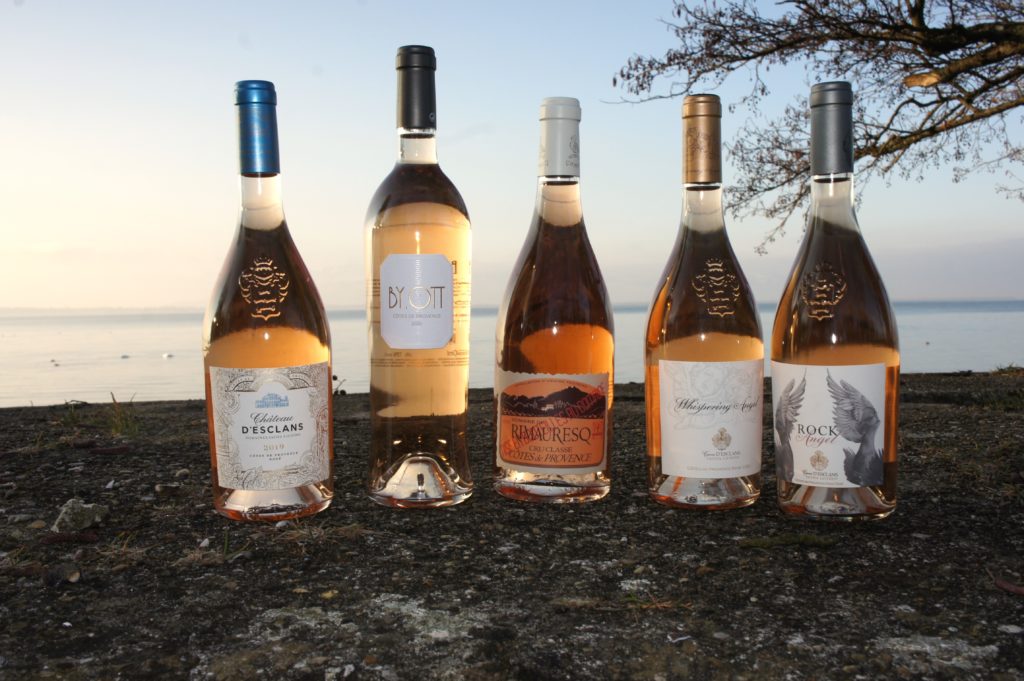
Another factor to consider is the level of sweetness in the rosé. Sweeter styles of rosé tend to be best served well-chilled as it helps balance out the residual sugar levels. These sweeter options can range from lighter versions such as White Zinfandels to more full-bodied wines like White Merlots or even Port-style pinks.
Ultimately, experimenting with different types of rosés at varying temperatures is a great way to find your personal preference. Remember that while an overly chilled bottle can mask some flavors, serving a warm glass can make the wine taste flat and unappealing. So keep these guidelines in mind and let your taste buds lead you on a journey through the wonderful world of chilled pink wines!

Serving temperature of rosé wines
When it comes to serving rosé wines, one might think that there is a universal ideal temperature for all types. However, the truth is that different styles of rosé benefit from being served at varying temperatures. Light and delicate varieties like Provence Rosé are best enjoyed when chilled between 45-50°F (7-10°C). The cooler temperature enhances their refreshing qualities and keeps the flavors crisp and vibrant. On the other hand, darker and fuller-bodied rosés such as Tavel or Bandol can be served slightly warmer, around 50-55°F (10-13°C), allowing their complex aromas to fully develop.
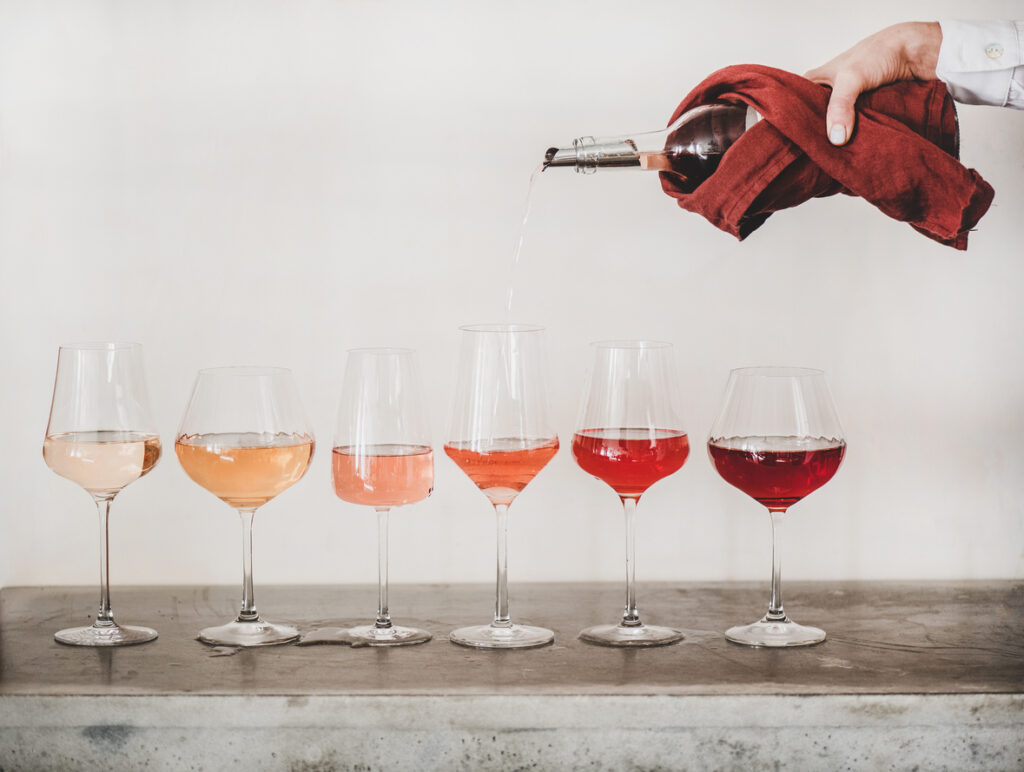
When it comes to sparkling rosés, serving them well chilled is key to preserving their effervescence and ensuring an enjoyable drinking experience. Aim for a temperature between 40-45°F (4-7°C) to keep those delicate bubbles dancing in your glass. For sweeter rosés or dessert wines, chilling them more intensely at around 40°F (4°C) can help balance out the sweetness levels and provide a pleasant contrast of flavors on the palate.

The bottom line is that finding the right serving temperature for a bottle of rosé wine often depends on its style and characteristics. By taking into consideration factors like color intensity, body, sweetness level, and aroma profile, you can elevate your enjoyment of this versatile wine category even further.
Sparkling wines
When it comes to sparkling wines, there is a wide range of styles and varietals to choose from. However, not all sparkling wines should be chilled in the same way. It’s no secret that Champagne is traditionally served chilled, but did you know that other sparkling wines like Prosecco and Cava also benefit from being kept cool? Chilling these wines helps to preserve their crispness and acidity, enhancing the overall flavor profile.

Demi-sec sparkling wines
On the other hand, there are some sparkling wines that are best served slightly warmer. For example, sweeter styles like Moscato d’Asti or demi-sec Champagnes should be served at a slightly higher temperature to allow their complexity and sweetness to shine through. These types of sparkling wines can lose some of their delicate aromas and flavors if they are overly chilled.

Ultimately, the key takeaway is that it’s important to consider the style and sweetness level of your sparkling wine when deciding how long to chill it for. Whether you’re pouring a refreshing glass of Prosecco on a hot summer day or celebrating with a bottle of vintage Champagne, finding the right temperature will help you fully enjoy all the nuances each bottle has to offer. Cheers!
Champagne
Sparkling wines are a popular choice for celebrations and special occasions, but did you know that the serving temperature can significantly impact your enjoyment of these bubbly delights? When it comes to Champagne, experts recommend serving it at around 45-48 degrees Fahrenheit (7-9 degrees Celsius). This cooler temperature brings out the crispness and delicate flavors of the wine, making it an ideal choice for toasts or sipping on its own.

Prosecco
Prosecco, on the other hand, is best served slightly colder than Champagne. Aim for a temperature of around 40-45 degrees Fahrenheit (4-7 degrees Celsius) to fully appreciate its fruity and floral notes. The lower temperature also helps balance the natural sweetness of Prosecco while maintaining its refreshing qualities.
Moscato d`Asti
For those who prefer a sweeter sparkling wine like Moscato d’Asti, a serving temperature of 50-55 degrees Fahrenheit (10-13 degrees Celsius) allows the wine’s aromatic characteristics to shine through without overpowering your taste buds with excessive sweetness.
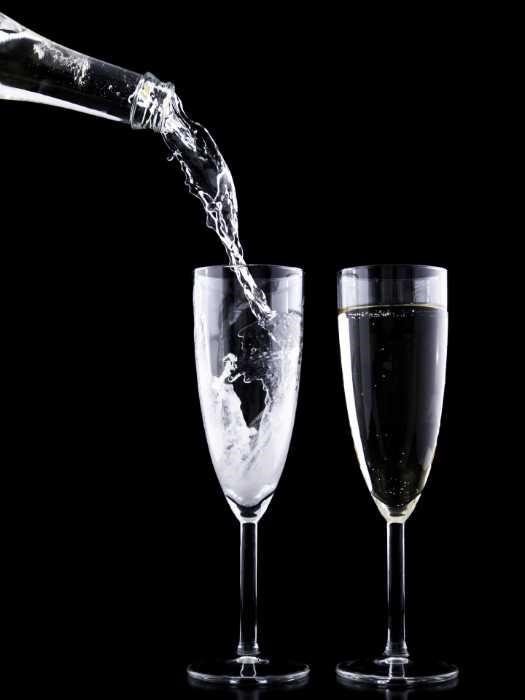
In summary, understanding the recommended serving temperatures for different types of sparkling wines can enhance your overall drinking experience. Experimenting with these temperatures can uncover new dimensions and complexities in their flavors. So next time you raise a glass filled with bubbly goodness, remember that temperature matters just as much as the choice of wine itself!
Red wines
While red wine is traditionally served at room temperature, there are some types that can benefit from being chilled. Lighter-bodied red wines such as Beaujolais, Pinot Noir, and some blends can be quite refreshing when served cool. Chilling these wines enhances their natural fruit flavors while toning down any excessive tannins that might otherwise overpower the palate.
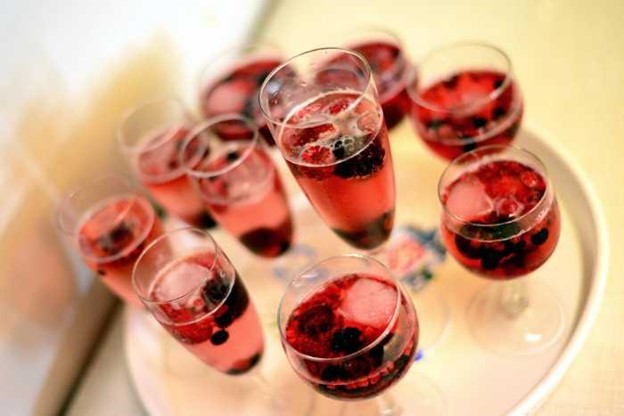
Lambrusco
Another type of red wine that can be surprisingly delightful when chilled is Lambrusco. This sparkling Italian red has a slight fizz and is known for its fruity and slightly sweet taste. By serving it chilled, the bubbles become more refreshing, making it perfect for sipping on hot summer days or accompanying light meals.
Cabernet Sauvignon and Malbec
However, it’s essential to keep in mind that not all red wines should be chilled. Bold, full-bodied varieties like Cabernet Sauvignon or Malbec generally fare better at warmer temperatures to showcase their complex flavors and aromas fully. Chilling these wines too much can dampen their bold character and make them seem flat on the palate.
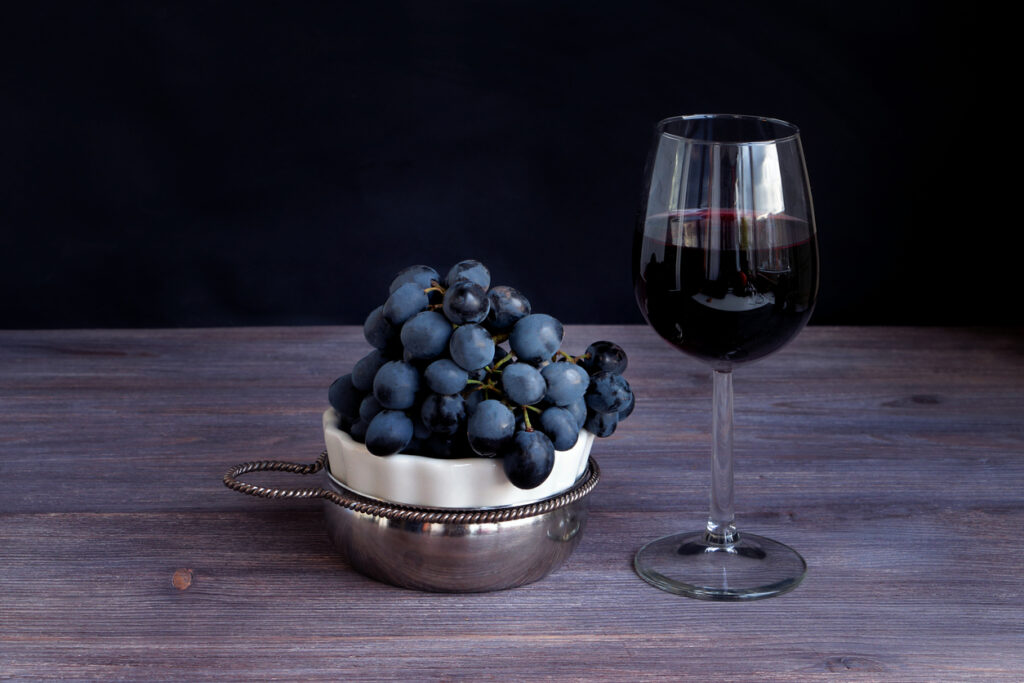
In conclusion, chilling certain types of lighter-bodied red wines can provide a unique drinking experience by enhancing their inherent qualities and keeping them refreshing during hot weather conditions.
Serving temperature
Serving temperature plays a crucial role in the overall enjoyment of red wine. While many assume that all red wines should be served at room temperature, the truth is that this can vary depending on the type of red being poured. For lighter reds such as Pinot Noir or Beaujolais, serving them around 55°F (13°C) allows their delicate flavors and aromas to shine. This slightly cooler temperature ensures that the wines don’t become overly warm and lose their freshness.
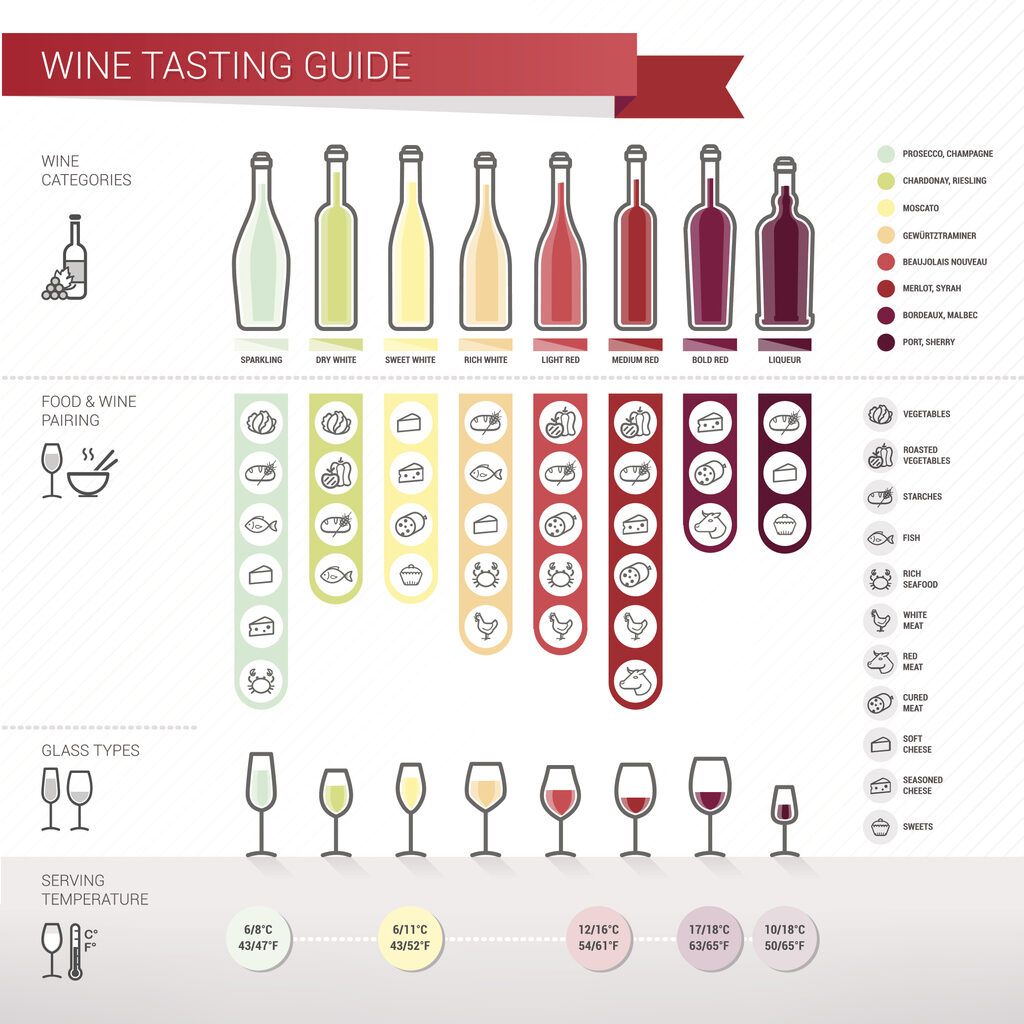
On the other hand, fuller-bodied red wines like Cabernet Sauvignon or Syrah benefit from being served slightly warmer, around 60-65°F (15-18°C). The bolder tannins and richer flavors of these wines are more pronounced and enjoyable at a slightly higher temperature. However, it’s important not to go overboard with warmth as too high temperatures can lead to an alcohol burn sensation overpowering the palatable qualities of these wines.

In conclusion, it’s vital to consider serving temperatures when enjoying different types of red wines. By paying attention to this detail, you can unlock the true potential of each bottle and experience a range of diverse flavors and aromas. Experimenting with various temperatures will help you discover new dimensions within your favorite varietals while respecting their unique characteristics.
Conclusion
In conclusion, the temperature at which we serve wine plays a crucial role in enhancing its flavor and ensuring a perfect sip. By understanding the ideal serving temperatures for different types of wine, we can unlock their full potential and truly appreciate their complexities. Whether it’s a crisp white wine that demands chilling or a bold red that needs slight cooling, taking the time to properly chill our wines will make all the difference in our enjoyment. So next time you reach for a bottle, remember to consult the recommended serving temperature and get ready to experience an elevated tasting experience like never before. Cheers!

